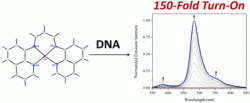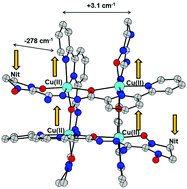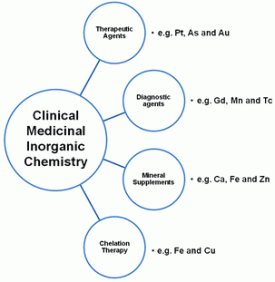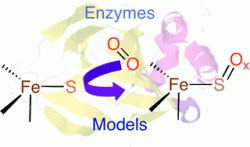Adam Veige and colleagues from the University of Florida, USA, report the successful isolation of the neutral ONO3- trianionic pincer-type tungsten alkylidyne complex [CF3–ONO]WΞC(tBu)(OEt2).
Cyclooctyne, which is normally polymerised due to its internal ring strain, reacts rapidly with the pincer-type tungsten alkylidyne complex to give the first example of a bicyclic metallacyclobutadiene. The pincer-type tungsten alkylidyne complex was also treated with alkyne substrates 1-phenylpropyne and 4,4-dimethyl-2-pentyne to give two more tungstenacyclobutadienes. The three tungstenacyclobutadienes made in this study all exhibit incredible stability.
Download the paper today to read how the team have explored the factors contributing to this stability.
Unusually stable tungstenacyclobutadienes featuring an ONO trianionic pincer-type ligand
Matthew E. O’Reilly, Ion Ghiviriga, Khalil A. Abboud and Adam S. Veige
Dalton Trans., 2013
DOI: 10.1039/C2DT32653A
You might also be interested in this Dalton Transactions article by the same authors:
The influence of reversible trianionic pincer OCO3−μ-oxo CrIV dimer formation ([CrIV]2(μ-O)) and donor ligands in oxygen-atom-transfer (OAT)
Matthew E. O’Reilly, Trevor J. Del Castillo, Khalil A. Abboud and Adam S. Veige
Dalton Trans., 2012,41, 2237-2246
DOI: 10.1039/C1DT11104C, Paper





















